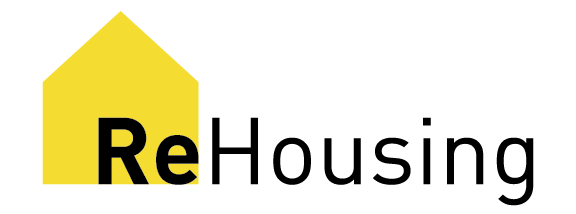This website is a guide and is not intended to replace professional advice. Please see our disclaimer for more information!

We empower citizen developers to create housing in our cities.





The Citizen Developer’s Guide
To get you started we have assembled a guide to walk you through the early phases of your multiplex project.
Explore our price-conscious sample designs showing the different scales of infill buildings that can be built on different lots.
Coming Soon
Our Interactive Tools
Use the Property analysis and Quick Cost Calculator to explore what you can build on your specific property and how much it might cost. (Coming soon!)
Our Work
Explore consultation work, events, and detailed reports outlining the process and findings of the research that goes into our work.


ReHousing is a non-profit focusing on housing creation through applied research, consultation and education.
To find out more about our story and our team visit our about page.
We love to collaborate! If you are interested in working with us, please contact us at info@rehousing.ca





